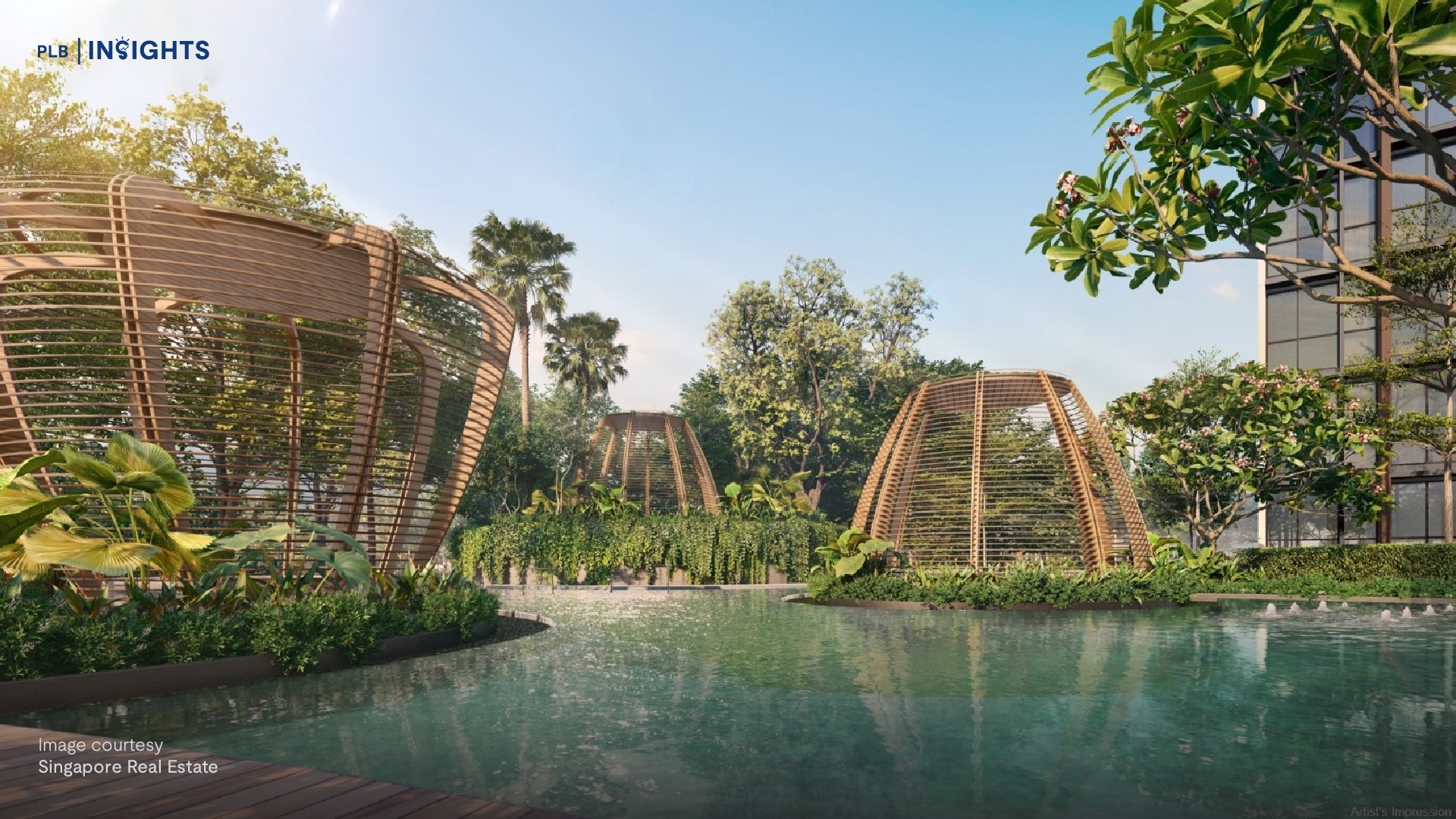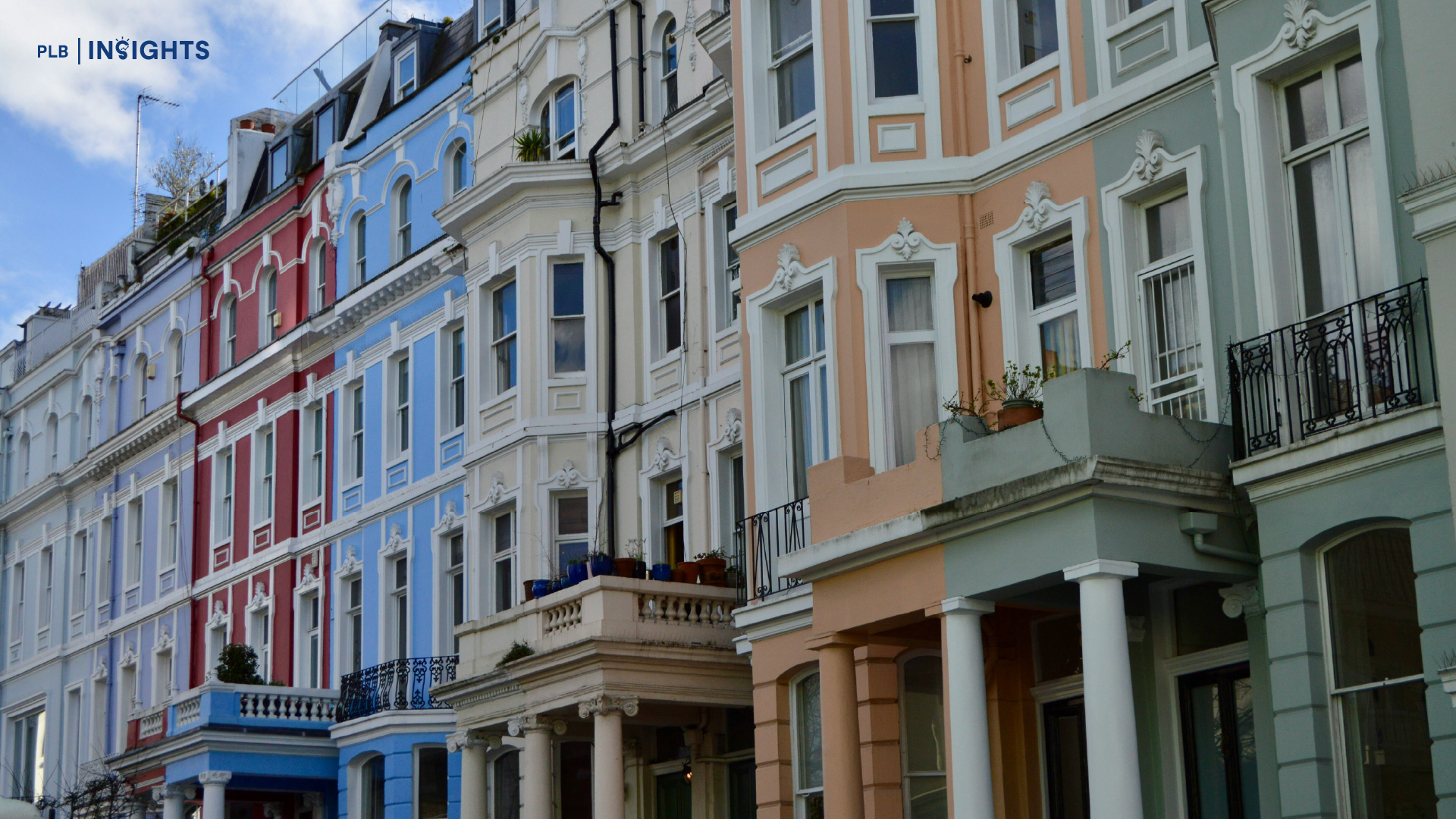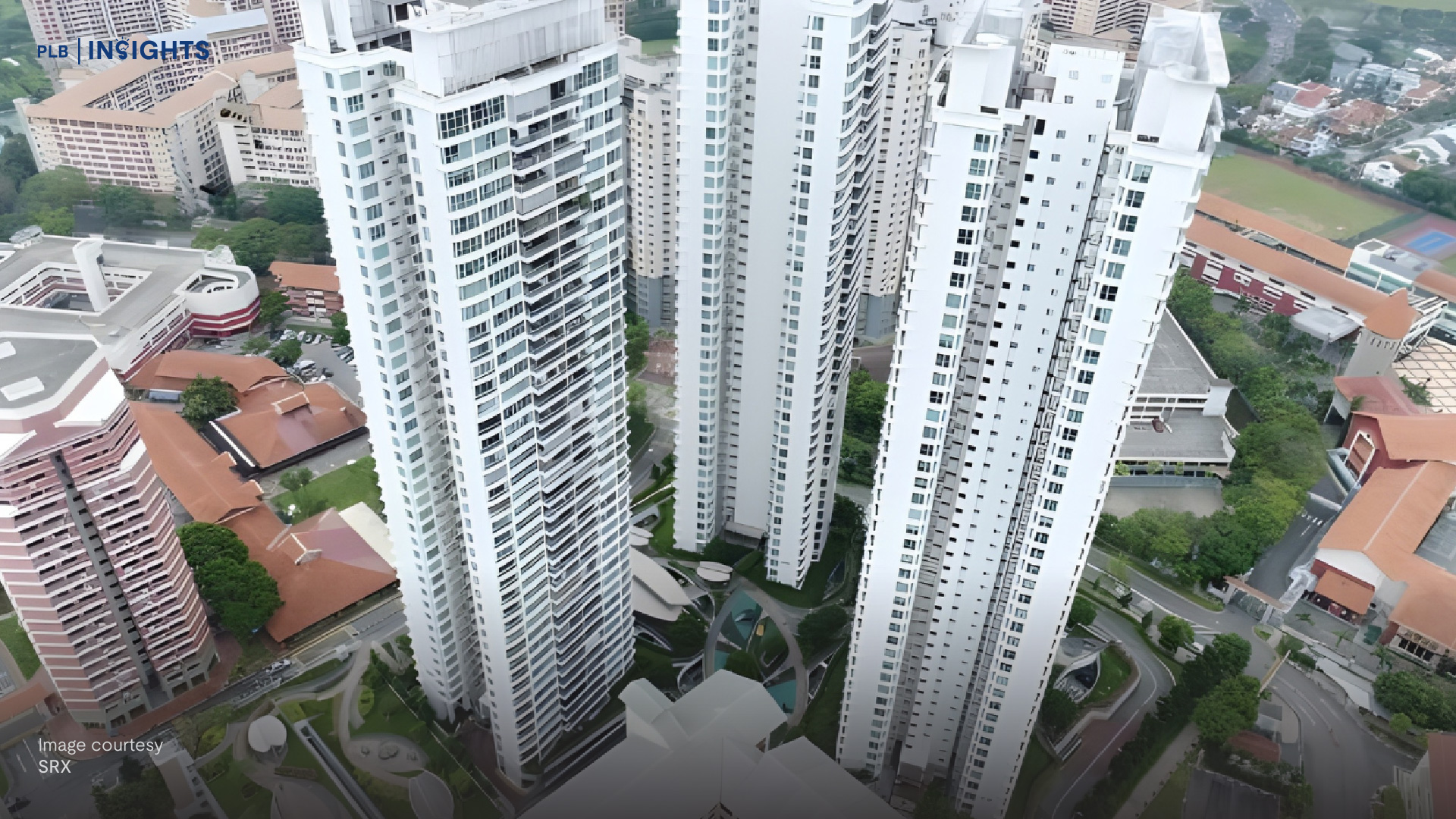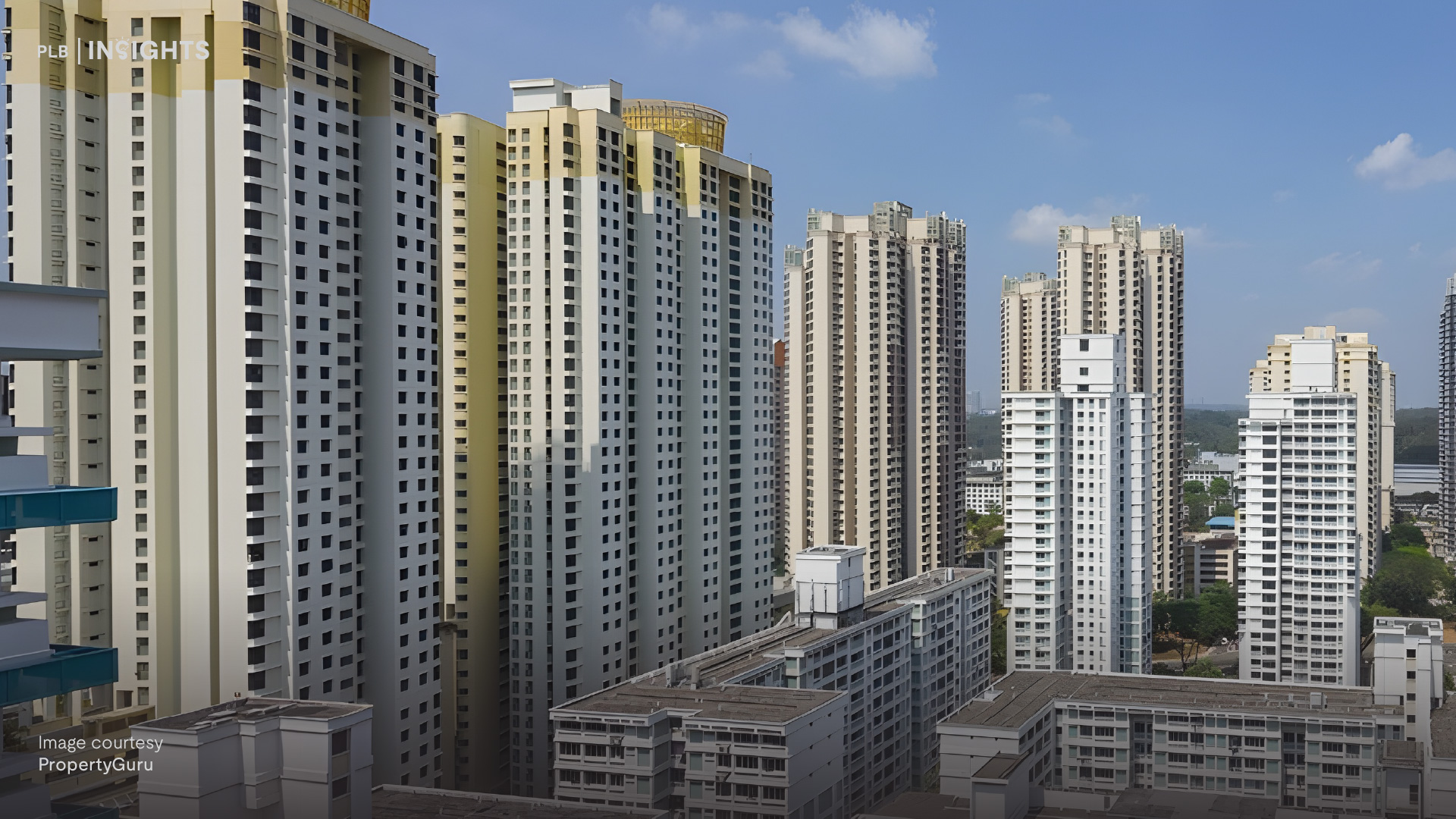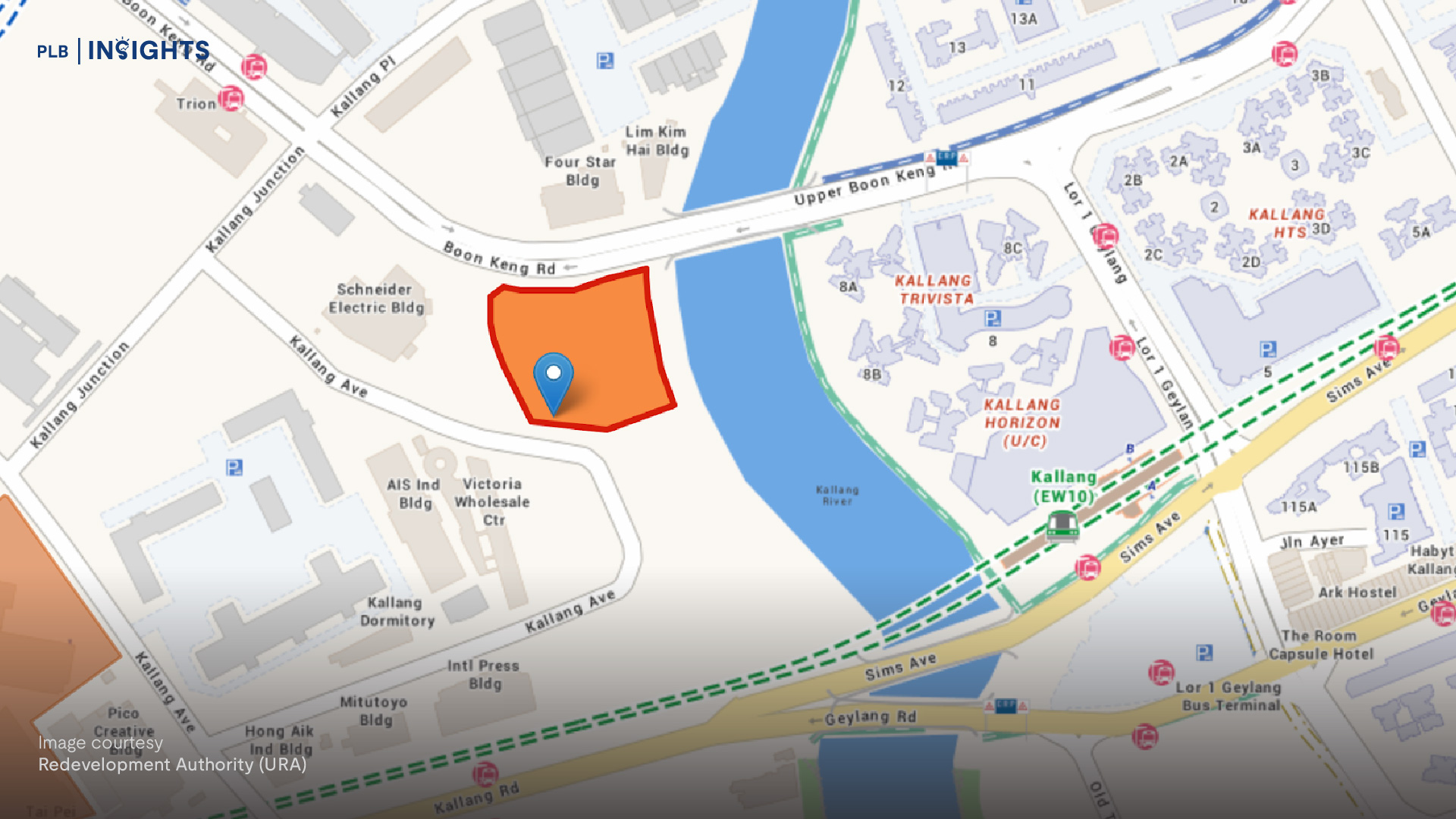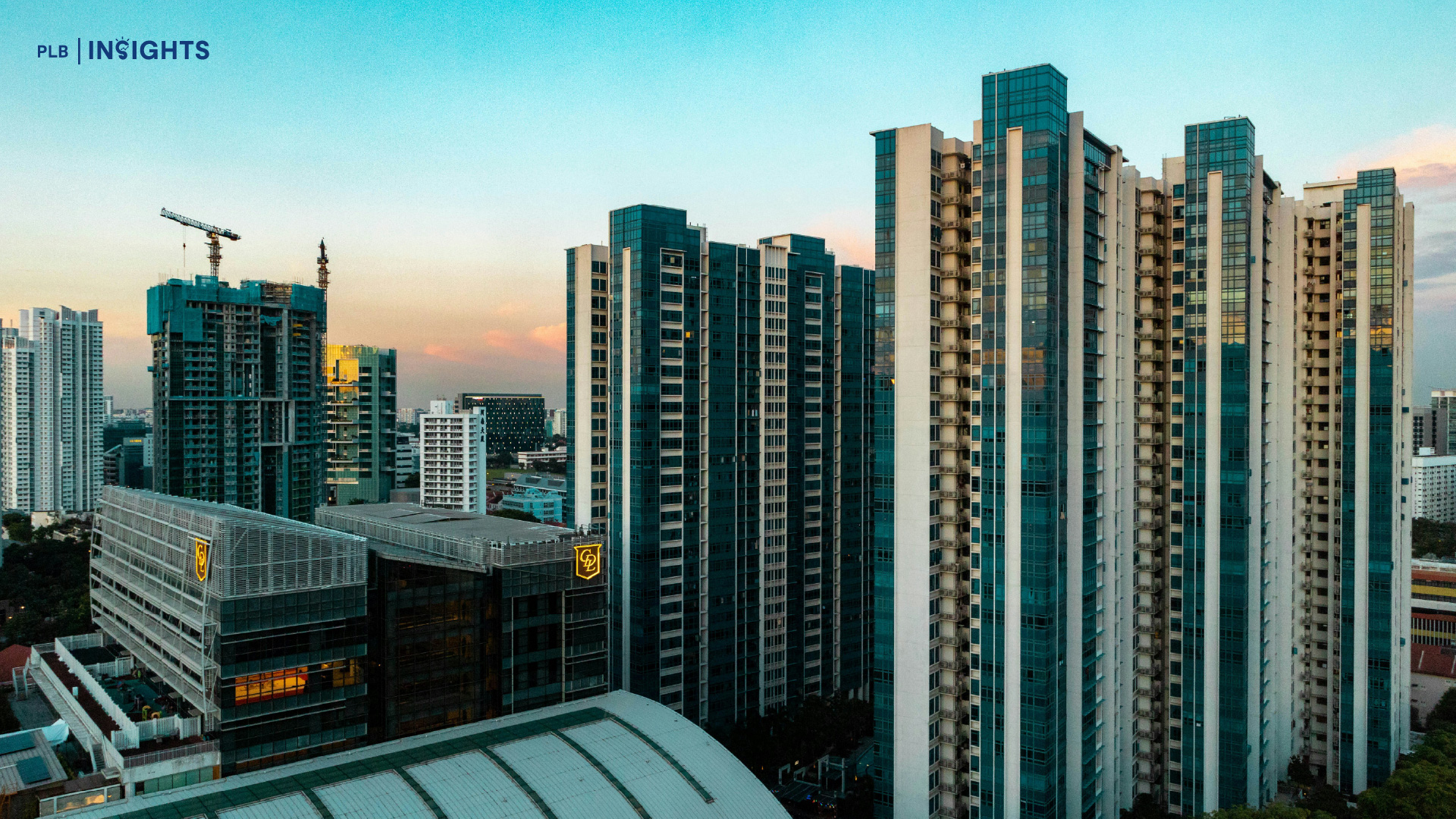If you have been following PLB, you will be aware that we have been using our MOAT analysis tool to help our investors make their investment decisions. The MOAT analysis variables consist of Volume Effect, Region Disparity Effect, Rental Demand, Quantum Effect, Parents Attraction Effect, MRT Effect, Exit Audience, District Disparity Effect, Landsize Density Effect, and Bala’s Curve Effect.
These 10 variables help us to holistically gauge properties at a glance. We can even compare several properties simultaneously on these 10 aspects of how properties perform. We have received great feedback from our clients on how this has streamlined and reinforced their home search process. It was also able to alert our clients of some blindspots about certain properties that they have shortlisted.
In this article, we will be focusing on the MRT Effect in action. This MRT Effect basically looks at the proximity of MRT Stations as well as how many MRT Stations are in the direct vicinity of the property. The MRT Effect also takes into account the location of MRT Stations that have been announced but not built yet.
More often than not, when you look at property listing ads, videos, and promotional content, proximity to MRT Stations seems to always be a selling point. At this point, it is almost mandatory to talk about the property’s distance to the nearest MRT.
According to the Ministry of National Development (2017), through a survey conducted which aims to find out the top 3 things Singaporeans want in their housing estate, improved connectivity to public transport was one of the top 3 things locals seek for. With this in hindsight, Minister Lawrence Wong announced that the government will invest heavily in the public transport system, and that the expansion plan aims to allow the majority of homes to be within 10 minutes of an MRT station.
In this same speech, which was delivered by Minister Lawrence Wong at the launch of the “Our Neighbourhoods: A Look Into The Future” exhibition, 3 main upcoming residential precincts were discussed; Kampong Bugis, Holland Plain, and Bayshore.
Since then, we have observed developments unfold during the past five years, and in this short article, we want to discuss the extent of the MRT effect on Ki Residences, a new launch private residential project in District 21, part of the Holland Plain precinct.
The Basics on Ki Residences
The site where Ki Residences sits on originally housed Brookvale Park. Hoi Hup Realty and Sunway Developments were awarded the winning bid of $530 million for this site. The land tenure for this site is 999 years leasehold (which most consider to be comparable to freehold status).
There are a total of 660 units for Ki Residences, comprising mostly 2-bedrooms to 5-bedroom layouts. The architect appointed for this project is ADDP Architects. This project has a total of 10 blocks of 12 stories.
So far, we have done two in-depth New Launch Review videos on this development, to find out more, do watch our videos here at PropertyLimBrothers YouTube Channel:
MRT Station Forecast
Similar to many, when this new project was announced, the first thing we looked for when looking at the map, was the presence of an MRT station. At first glance, there was no MRT within a kilometer of the site, and that seemed like a big bummer. The closest MRT was either Beauty World station (DT5) or King Albert Park station (DT6), which are approximately 1.6km and 2km away, respectively.
However, when we look deeper, it seems like there was a possibility that an MRT station might sprout out close to the site. Of course, we identified certain tell-tale signs to derive at that conclusion.
Firstly, was the information provided in the announcement of the Cross Island Line (CRL) back in 2013. In the Land Transport Master Plan 2013, the CRL was introduced to be a 50km line that carries commuters from the East to the West of the island. Additionally, the announcement also stated that it would serve the estates of Changi, Loyang, Pasir Ris, Hougang, Ang Mo Kio, Sin Ming, Bukit Timah, Clementi, West Coast, and Jurong Industrial Estate. From this, we can tell that the CRL will in fact hit the Clementi region, which is close to Ki Residences, but we could not tell for sure, so let’s look deeper.
Secondly, from the announcements of the phase 1 stations, we were certain that CRL would feature Brighthill station which will be an interchange stop to the Thomson East Coast line. This was followed by the controversy with regard to the alignment of the CRL and the central nature reserve.
This photo above shows the 2 routes being considered, a direct route (route 1) which cuts directly through the central nature reserve, or route 2 which loops around the reserve. Eventually, in December 2019, the Ministry of Transport announced that the CRL would adopt the direct route to connect Brighthill to Bukit Timah and Clementi.
The third tell-tale sign was one of the largest clues in our opinion, and this ties back to the speech by Minister Lawrence Wong which we deliberated above about how the government intends to invest in our public transport system to ensure that residents are within a 10 minutes walk to an MRT station.
Loosely translating a 10 minutes walk into distance, we assume to reach an MRT station by foot within 10 minutes would mean that the residence should be within a 1km radius of the station.
With reference to the diagram above, the red circles demarcate a 1km radius around the existing MRT stations in the vicinity of the Bukit Timah and Clementi precincts, which the CRL will serve.
When we map out the 1km radius for the existing stations, it was clear that there are currently 2 areas that are not served by an MRT station, those are demarcated by the purple and light green circles.
However, when we dive deeper into the map, the purple circle covers mostly landed residential zones, more specifically, GCB enclaves like Queen Astrid Park and Bin Tong Park areas. With GCB enclaves, it is unlikely that the government will decide to build an MRT station within it, so that leaves us with the green circle.
In that green circle, the only major road is Clementi Road, and it makes sense for an MRT station to be situated there because right in that area, you have Ngee Ann Poly, SIM, SUSS, Maju Camp, and most importantly, the Holland Plain precinct, and the Maju Forest and Clementi Forest, which have all already been zoned as future residential land.
Lastly, there had also been sightings of soil testing equipment along Clementi Road, right outside Maju Forest, indicating that there are plans to build underground infrastructure in that area.
These tell-tale signs thus gave us strong reasons to believe that an MRT station along Clementi Road, within walking distance to Ki Residences, might be on the horizon.
Maju Station Announced in CRL Phase 2
Most recently on 20th September 2022, 6 stations were officially unveiled in Phase 2 of the CRL.
Of the 6 stations announced, Maju station proved our theories right as it will be situated right at the intersection of Maju Drive, the newly constructed Brookvale Walk (which leads into Ki Residences), and the main Clementi Road.
This piece of news must be music to the ears of buyers who bought into this project, but, why is that so? Let’s explore the numbers.
Price Before MRT Station vs Price After MRT Station
As of 14th September 2022, almost 2 years after its launch in December of 2020, there were 21 balance units at Ki Residences. All 21 belong to the 3-bedder types, mainly the 3-bedroom + yard, and 3-bedroom + yard + utility.
With reference to the table above, as of 14th September 2022, the 3 bedroom + yard type was on sale at a quantum range of $1.891M to $2.348M, and PSF range of $1,883 to $2,182.
After the announcement of Maju station, as of 21st September 2022, the 3 bedroom + yard type is now going at a quantum range of $2.081M to $2.536M, and PSF range of $2035 to $2449. Comparing the two sets of numbers, there was a significant increase of approximately $200K in quantum, and $200 to $350 in PSF. This essentially means that if you had bought a 3 bedder at Ki Residences on or before the announcement of Maju station, you would have already made paper gains of $200 to $350 in terms of PSF, or perhaps even more if you had bought into this project during its launch.
Factor in a hike of $200 to $300 PSF hike which most projects would see on TOP when the first owners clear their SSD period, that increases the paper gains to a whopping $400 to $500 PSF.
The same can be applied to the 3-bedroom + yard + utility layout as the price hike after the CRL phase 2 announcement saw a similar increase of $200K in quantum and $200 in PSF.
The best part is that this is a 999 years (as good as a freehold asset) right next to an MRT, which is an extremely rare find for new projects today.
Is Ki Residences Still Worth Buying In After The Price Hike?
To answer this question, let’s take a look at a couple of factors.
Table above shows the new launches in the vicinity of Ki in District 21 and District 10. The first parameter of comparison is the expected completion period, and across the board, Ki belongs to one of the newest developments amongst its new launch peers in the area.
Tenure wise, Ki is one of the only 5 out of 10 projects listed above that is freehold/999 years status. Yet when compared to its freehold peers in terms of MRT proximity, only RoyalGreen holds a candle to Ki, being right next to the Sixth Avenue station. Forett, Hyll on Holland, and Leedon Green all require a slightly longer stroll to their respective MRT stations. By no means are we suggesting that the 99 years projects are not good, but in these regions, the freehold/999 years status seems to be more sought after by the profile of buyers here.
The volume effect is another area where Ki stands out amongst the rest. At 660 units, it has the most number of units amongst the 10 projects, and that’ll be beneficial to the transaction volume, which will boost the PSF performance of the project when it hits the resale market.
Lastly, we take a look at the PSF. After the hike, the average PSF for Ki is at $2,250. Compared to its freehold peers, Ki is $120 more than Forett, due to its superior convenience to an MRT station. The likes of RoyalGreen, Hyll on Holland, and Leedon Green, are transacting at 26%, 20%, and 24% premium over Ki Residences, respectively.
With reference to the master plan zonings, within the vicinity of Ki, there are already minimally 6 sites that have already been zoned for residential use. This includes the existing Maju Forest, Clementi Forest, and Greenleaf Forest. Furthermore, these land sites are large plots that will likely be further subdivided into smaller plots to be released as GLS sites.
How did we derive the above forecast? We took reference from the Holland Plain site which we had already discussed earlier in this article.
In the Master Plan 2014, the Holland Plain site was a large orange plot of land zoned for residential, just as those we have identified above.
Fast forward 5 years on, in the Master Plan 2019, the once large single piece of land has been subdivided into 8 individual sites. This, of course, will be the new Holland Plain precinct that Minister Lawrence Wong spoke about in 2017.
Through this short analysis, it is clear that this area still has plenty to offer, and these forested areas will soon become a vibrant, new, and well-connected precinct. Being one of the earlier projects to sprout out, coupled with its 999 years status and already guaranteed MRT connectivity, I think Ki Residences is still worth looking into.













